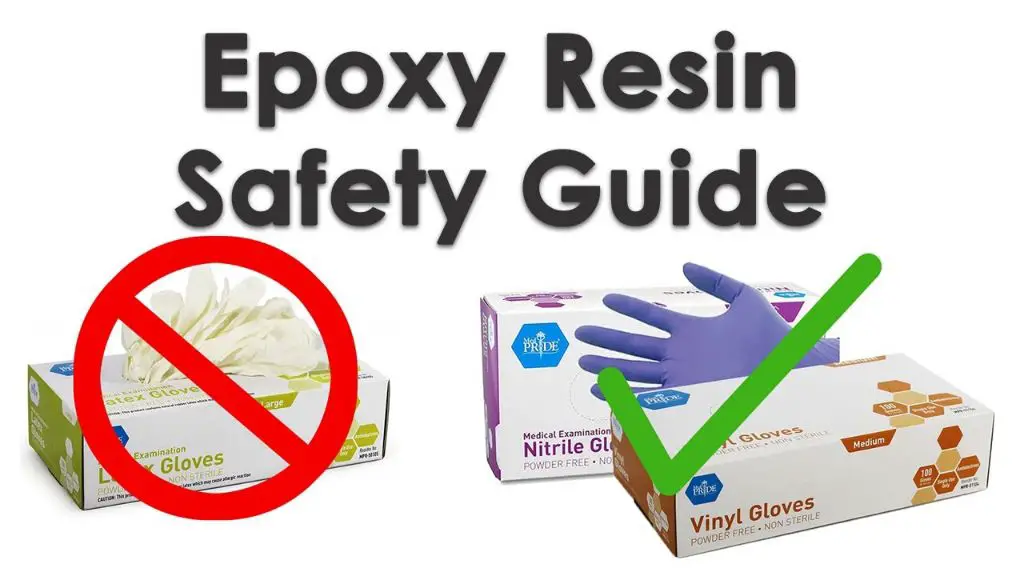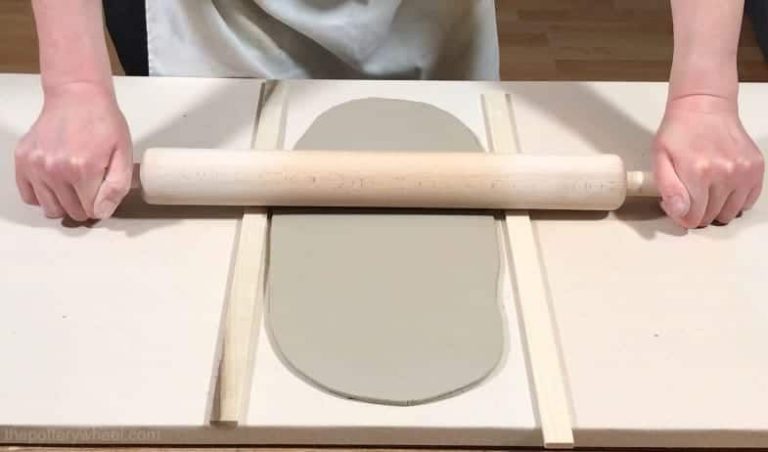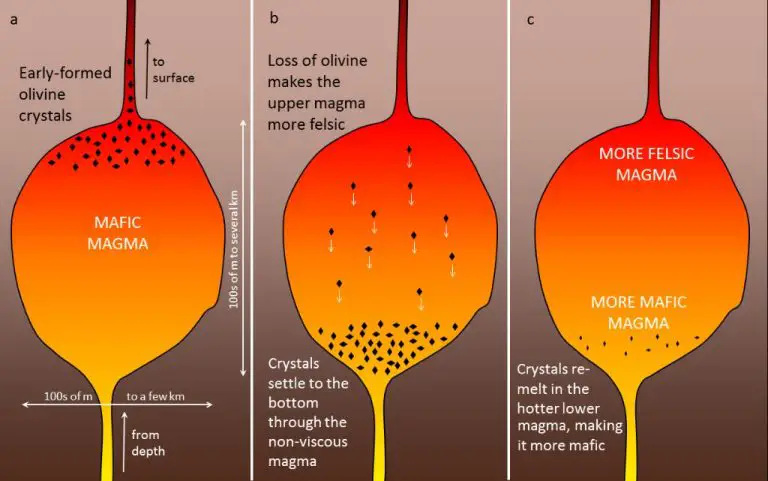Is Make It Mini Resin Safe?
Make It Mini resin crafting kits by MGA Entertainment have become incredibly popular over the past year. These kits allow crafters to create tiny, realistic food items and kitchen accessories using resin molds and plastic pieces (Miniverse Make It Mini Review). The basic premise involves mixing small plastic pieces into liquid resin, and then curing the resin to produce a durable, miniaturized food item (The Miniverse Make It Mini Kitchen by MGA Entertainment). With its viral popularity on platforms like TikTok, Make It Mini resin crafting appeals to a wide audience of crafters and miniaturists.
However, some crafters have expressed concerns over the potential health and safety issues of working with resin, particularly in home environments. This article aims to provide an overview of resin crafting safety, with a specific focus on analyzing the safety considerations around Make It Mini kits. The goal is to inform readers about proper handling, ventilation, disposal, and other precautions when using these popular craft kits.
What is Resin?
Resin is a liquid plastic that hardens into a durable, glass-like finish. The two main types of resin used in crafting are epoxy resin and UV resin.
Epoxy resin consists of two parts – a resin and a hardener. When combined, the resin and hardener undergo a chemical reaction and harden. The most common epoxy resins are made from diglycidyl ether bisphenol A (DGEBA) and diglycidyl ether bisphenol F (DGEBF).
UV resin cures and hardens when exposed to UV light instead of requiring a separate hardener. It is usually made from a combination of acrylates, methacrylates, and photoinitiators. The photoinitiators allow the resin to cure under UV light.
Both epoxy and UV resins form a transparent, glossy finish when fully cured. This makes them popular for coating, crafting, and artwork using embedments.
Potential Health Risks
Working with resin can expose users to some potential health risks, primarily from inhaling fumes and physical contact with skin or eyes. The main concerns around resin safety include:
Fumes and VOC Emissions
Resin products contain volatile organic compounds (VOCs) that release gases or vapors as the resin cures. According to the EPA, inhaling VOCs can irritate the eyes, nose and throat, cause headaches and nausea, damage the central nervous system, and potentially increase cancer risk.
Skin Irritation and Allergies
Skin contact with uncured resin can cause irritation, rashes, or allergic reactions in some people. The phenols in resin can be sensitizers, while amine hardeners are known skin irritants according to research. Proper gloves and long sleeves are recommended when handling resin.
Ingestion Concerns
Swallowing or ingesting resin material is highly toxic according to safety data. Resins contain petrochemicals, BPA, solvents and other chemicals that can damage the digestive system, liver and kidneys if consumed.
Proper Safety Precautions
When working with resin, it’s important to take proper safety precautions to minimize exposure and potential health risks. This includes having proper ventilation, wearing protective equipment, and avoiding skin contact with resin.
Ventilation is key when using resin. Work in a well-ventilated area with open windows, doors, or fans to circulate fresh air. Some recommend working outdoors if possible. Avoid breathing in fumes directly and take breaks for fresh air if needed (Source 1).
Wearing a protective mask or respirator is highly recommended, especially when working with large amounts of resin or for prolonged periods. Opt for a N95 or N100 mask to filter out resin particles and fumes (Source 2). Disposable gloves are also a must-have to avoid skin contact and irritation.
Avoid contact with bare skin by covering arms and hands. Resin can cause skin irritation, rashes, or allergic reactions in some. Remove gloves carefully and wash hands immediately after handling resin.
Make It Mini Resin Specifics
Make It Mini resin is a photopolymer resin designed specifically for miniature model making. According to the manufacturer, it is made from a proprietary blend of acrylate oligomers, monomers, and photoinitiators.
In terms of toxicity, the manufacturer states that Make It Mini resin is formulated to be non-toxic when used as directed. They claim it has passed third-party safety testing, though specific details of these tests are not provided (Source). Some users have inquired about MSDS safety data sheets for the product, but these do not seem to be publicly available.
While classified as non-toxic, there are still precautions that should be taken when working with resin to minimize exposure. This includes wearing gloves, avoiding skin contact, and working in a well-ventilated area. There are also no long-term studies on the health effects of repeated exposure to photopolymer resin fumes.
Safe Use Tips
When working with resin, it’s important to take proper safety precautions. Here are some tips for safely using resin:
Always work in a well-ventilated area. Open windows and use fans to circulate fresh air. Avoid breathing in fumes by wearing a respirator mask rated for organic vapors. According to the article “50 Tips for Working with Resin” on HappilyEverAfterEtc.com, adequate ventilation is crucial when using resin products.
Carefully follow all mixing and pouring instructions. Mix resin slowly to minimize bubbles, as recommended in the Mill Lane Studio article Top 10 Tips for Success with Resin. Pour in a steady, thin stream near the edges of the mold to prevent bubbles.
Clean up any drips or spills right away with isopropyl alcohol, as noted in “10 Resin Tactics, Tips and Tricks” on ResinObsession. Resin can bond quickly to surfaces so immediate cleanup is key.

Following basic safety measures will help ensure resin crafting is an enjoyable, hazard-free process.
Alternative ‘Safer’ Options
There are some alternative options to standard resin that have lower VOCs (volatile organic compounds) and are considered safer, especially for kids. Two good options are:
Lower VOC resins – Many resin manufacturers now offer lower VOC options that release less fumes and odors. For example, TotalBoat makes a low VOC epoxy resin that is 50% lower in VOCs. Just make sure to check the manufacturer specifications for the VOC content and always work in a well-ventilated area.
Plant-based resins – Some companies like CounterTop Epoxy and EcoPoxy offer bio-based epoxy resins derived from plants, not petroleum. These are more eco-friendly and contain 25-50% plant-derived materials. Plant-based resins reduce the overall VOC content.
For resin crafting with kids, it’s best to choose these lower VOC and plant-based options for safety. Properly ventilate the area and supervise closely. Consider resin jewellery, mini terrariums, or small figurines for kid-friendly projects. Always follow all manufacturer safety recommendations.
Proper Disposal
When disposing of resin waste, it is important to avoid putting uncured resin or contaminated materials into standard trash or down the drain. Uncured resin is considered hazardous waste and needs to be handled properly.
The safest way to dispose of liquid resin is to fully cure it first. This can be done by pouring the resin into a container and allowing it to fully harden, which takes 24-48 hours 1. The hardened resin can then be discarded as regular garbage.
Another option is to take liquid resin to a local hazardous waste collection center or facility. They can properly handle and dispose of the resin 2. Some municipalities and stores that sell resin may also accept resin waste for disposal.
When disposing of containers, filters or other resin-contaminated materials, it’s best to let them fully cure before discarding to avoid leaks. Wear gloves when handling to prevent skin contact.
Improperly disposing of resin waste into drains, groundwater or trash can be harmful to the environment. Following proper disposal methods is important for handling resin safely.
FAQs
Many craft resin users have questions about the safety of working with resin. Here are answers to some frequently asked questions:
Is resin safe if I don’t wear a mask?
No, it’s important to always wear a proper respirator mask when working with resin to avoid breathing in toxic fumes. According to Resin Obsession, resin can cause respiratory irritation if inhaled without a mask.
Does resin cause cancer or other long-term health issues?
There is no conclusive evidence that occasional resin use causes cancer. However, prolonged exposure has been linked to skin irritation, allergies, and other issues. It’s best to take precautions like wearing gloves and avoiding skin contact.
Is resin safe to use indoors?
Resin can be used indoors with proper ventilation. Open windows, use fans, and avoid use in small enclosed spaces. Short-term exposure with ventilation is generally safe, but extended exposure in poorly ventilated areas may cause issues.
Is cured resin safe or still toxic?
Once cured, resin is considered non-toxic. However, sanding and working with cured resin can create dust that should be avoided. Wear a mask when sanding cured resin.
Can resin irritate skin or cause allergic reaction?
Uncured resin can irritate skin and cause allergic reaction in some people. Always wear gloves when handling uncured resin. Cured resin is safe for skin contact for most people.
Conclusion
In summary, resin casting can raise some health and safety concerns due to ingredients like styrene. However, with proper precautions like working in a well-ventilated area, wearing PPE, and minimizing exposure, the risks can be significantly reduced. Make It Mini resin specifically offers relatively low odor and low VOC formulas that are safer alternatives. By following all safety guidelines for storage, handling, usage, and disposal, Make It Mini resin can be used safely for crafting and jewelry-making. The key is being informed about the risks, and being diligent to take steps to minimize exposure. With reasonable care taken, resin crafting can be an enjoyable hobby.





